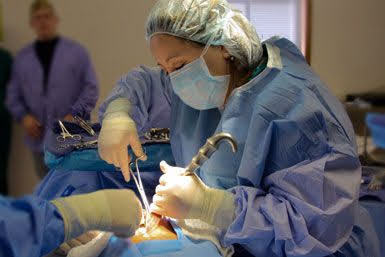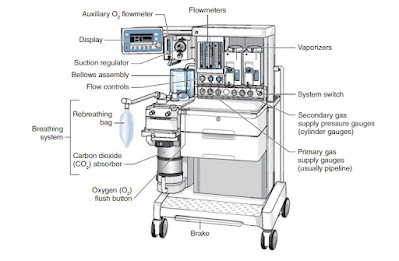How to manage hospital waste?
How to manage hospital waste?
HOSPITAL WASTE :
Hospital waste is “Any waste which is generated in the diagnosis, treatment or immunization of human beings or animals or in research” in a hospital.
- Reduce
- Reuse
- Recycle
- Infectious
- Non-Infectious
- Hazardous
- Non Hazardous
The biomedical waste management cycle in a hospital involves several stages, ensuring that all medical waste is handled safely and disposed of properly. Here's an overview of the typical cycle:
1. Segregation:
- Waste is segregated at the point of generation.
- Different types of biomedical waste (e.g., sharps, infectious waste, pathological waste) are separated into color-coded containers according to regulatory guidelines.
- Warning colors for hazardous waste (Red, yellow, orange)➢ Positive colors for recycling (Blue, green, etc.)➢ Neutral colors for normal waste (Black, etc.)The color coding makes the process understandable even for low-skilled workers with language and read problems.

2. Collection:
- Segregated waste is collected in designated bins.
- Sharps containers, infectious waste bags, and other specific containers are used to ensure safety and compliance.
3. Storage:
- Collected waste is temporarily stored in a secure, designated area within the hospital.
- Storage areas are designed to prevent access by unauthorized persons and to minimize the risk of exposure or contamination.
4. Transportation:
- Waste is transported from the storage area to the treatment or disposal site.
- Internal transport within the hospital follows strict protocols to prevent spills or exposure.
- External transport is carried out by licensed biomedical waste handlers following regulatory standards.
5. Treatment:
- Waste is treated to reduce its hazard potential.
- Common treatment methods include autoclaving (steam sterilization), incineration, chemical disinfection, and microwaving.
- The choice of treatment depends on the type of waste and local regulations.
6. Disposal:
- Treated waste is disposed of in an environmentally safe manner.
- Incinerated waste results in ash, which is disposed of in landfills.
- Autoclaved waste may be disposed of as regular waste if it meets safety standards.
7. Record Keeping and Monitoring:
- Detailed records are kept at each stage of the waste management process.
- Monitoring ensures compliance with regulations and helps in the continuous improvement of waste management practices.
8. Training and Awareness:
- Hospital staff receive regular training on biomedical waste management practices.
- Awareness programs help reinforce the importance of proper waste handling and segregation.
9. Compliance and Audits:
- Regular audits and inspections are conducted to ensure compliance with local, national, and international regulations.
- Corrective actions are taken if any non-compliance is identified.

Implementing an effective biomedical waste management cycle helps protect hospital staff, patients, and the environment from the risks associated with biomedical waste.
- Injuries from sharps to all categories of health care personnel and waste handlers.
- Increase risk of infections to medical, nursing and other hospital staff.
- Poor infection control can lead to nosocomial infections in patients particularly HIV, Hepatitis B & C.
- Increase in risk associated with hazardous chemicals and drugs being handled by persons handling wastes
- Poor waste management encourages unscrupulous persons to recycle disposables and disposed drugs for repacking and reselling.
- Organic portion ferments and attracts fly breeding.


